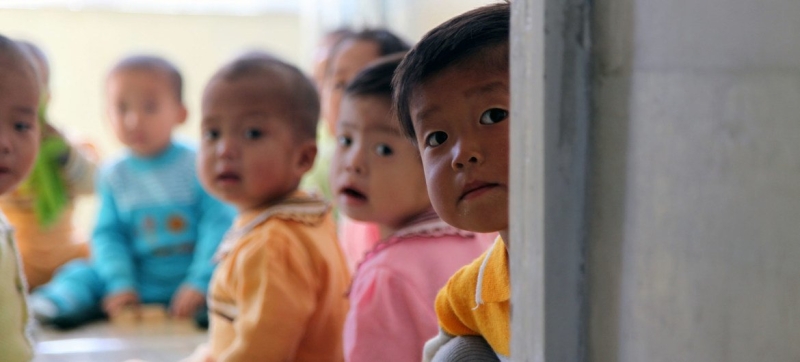
Globally, women are having one fewer child on average than they were in 1990. In the photo: children in the DPRK (archive) The population of 63 countries and territories, including Russia, will only decline Sustainable Development Goals
World population is expected to peak in the mid-2080s, rising from 8.2 billion in 2024 to about 10.3, according to a new UN Global Population Prospects report. billion, and then return to 10.2 billion by the end of the century.
Updated estimates show that the world’s population in 2100 will be six percent (or 700 million people) smaller than expected ten years ago.
Read also:
More than a line in a table: why every inhabitant of the planet should be counted
“The demographic landscape has changed greatly in recent years,” said Li Junhua, UN Under-Secretary-General for Economic and Social Affairs. “In some countries, fertility levels are now even lower than previously expected, and we are also seeing faster declines in some regions with high fertility.” According to him, fewer people on the planet could mean lighter pressure on the environment due to lower aggregate consumption.
Lower birth rates
The earlier population peak is due to several factors, including declining birth rates in some of the world’s largest countries, especially China. Globally, women are having one fewer child on average than they were in 1990.
In more than half of all countries and regions, the average number of live births per woman is less than 2. 1 – the level necessary to maintain a constant population size for a long time without migration. At the same time, almost a fifth of all countries and regions currently have “ultra-low” fertility – less than 1.4 live births per woman during her lifetime.
Peak population
As of 2024, the populations of 63 countries and territories had peaked, including China, Germany, Japan and the Russian Federation. The total population of these countries is projected to decline by 14 percent over the next thirty years.

By the late 2070s, the number of people aged 65 and over is projected to exceed the number of children under the age of 18.
Another 48 countries and regions are estimated to reach their maximum population between 2025 and 2054. In the remaining 126 countries, including India, Indonesia, Nigeria, Pakistan and the United States, populations are expected to increase through 2054 and may peak in the second half of the century or later.
Nine countries, including Angola, the Democratic Republic of Congo and Somalia, are projected to experience very rapid growth, with total populations doubling between 2024 and 2054.
The well-being of girls and women
Early pregnancy remains a problem, especially in low-income countries. In 2024, 4.7 million children, or about 3.5 percent of the world’s total births, were born to mothers under 18 years of age. Of these, about 340 thousand – in girls under 15 years of age. This has serious implications for the health and well-being of both mothers and their children.
The report concludes that investing in education, especially among girls, and raising the age marriage and first child birth will improve women’s health, educational attainment and labor force participation. These efforts will also help slow population growth and reduce the investment needed to achieve sustainable development.
Life expectancy
After a brief decline during the COVID-19 pandemic, global life expectancy at birth is rising again, reaching 73.3 years in 2024, up from 70.9 years during the pandemic. By the end of the 2050s, more than half of all deaths in the world will occur among people aged 80 years or older, up from 17 percent in 1995.
By the end of 2070 The number of people aged 65 and over is projected to outnumber children under 18, while the number of people aged 80 and over is expected to outnumber infants by the mid-2030s under the age of 1 year. Even in countries that are still growing rapidly and have relatively young populations, the number of people aged 65 and over is expected to increase over the next 30 years.
